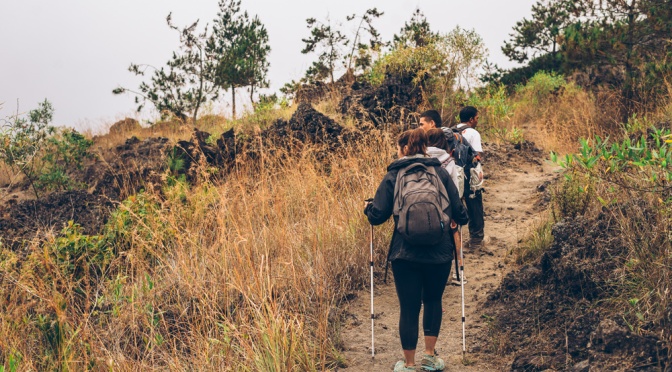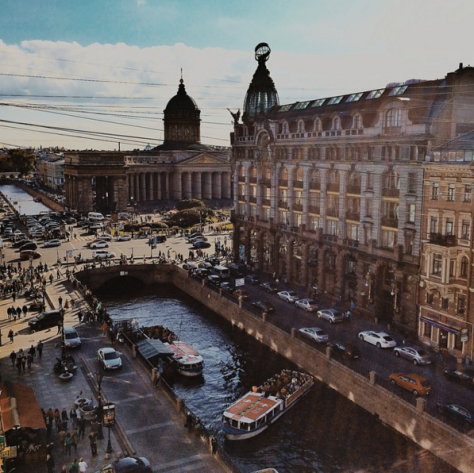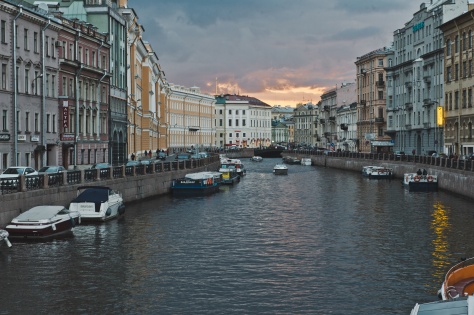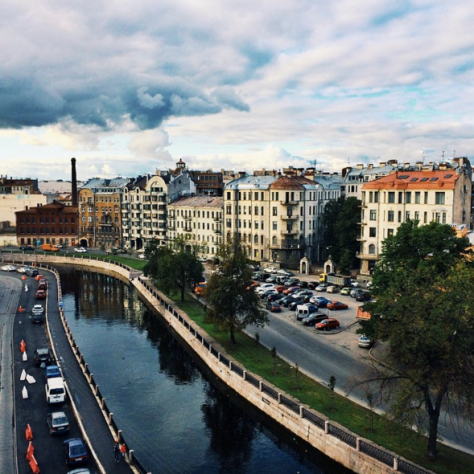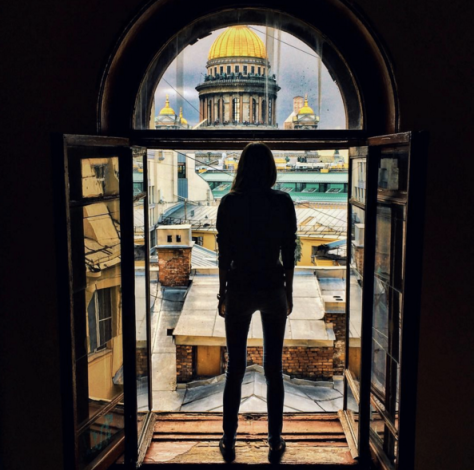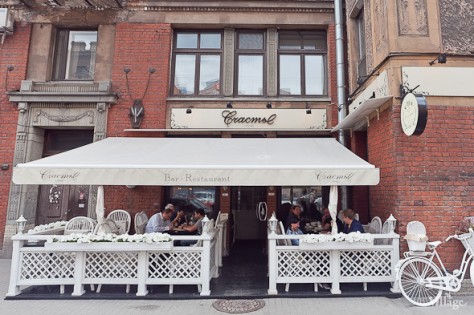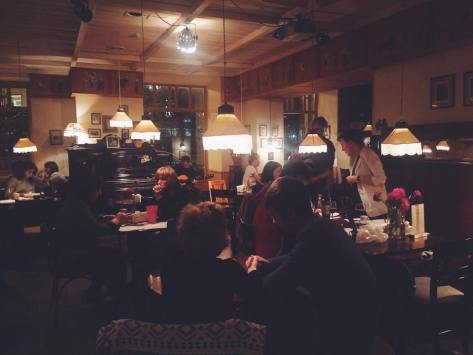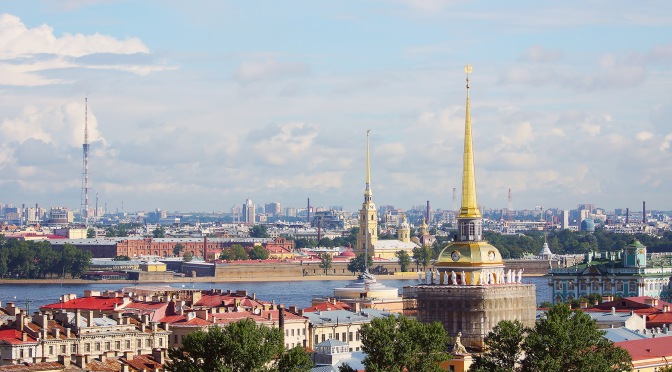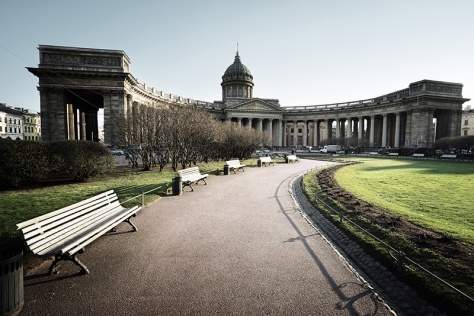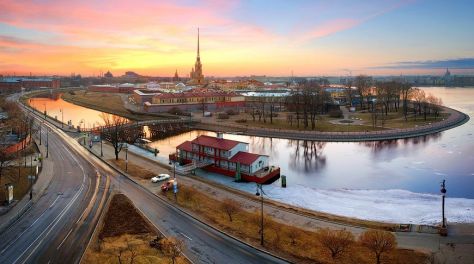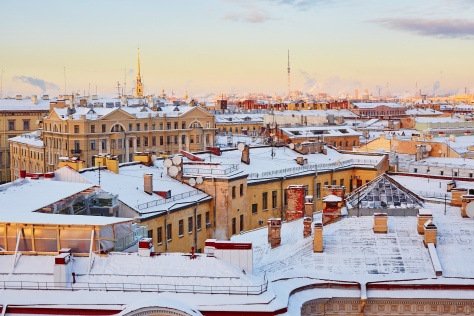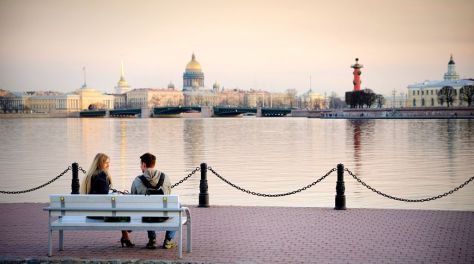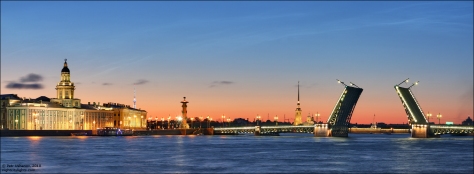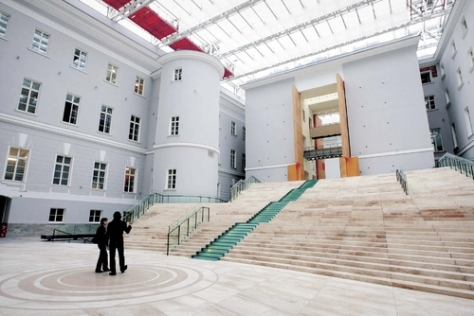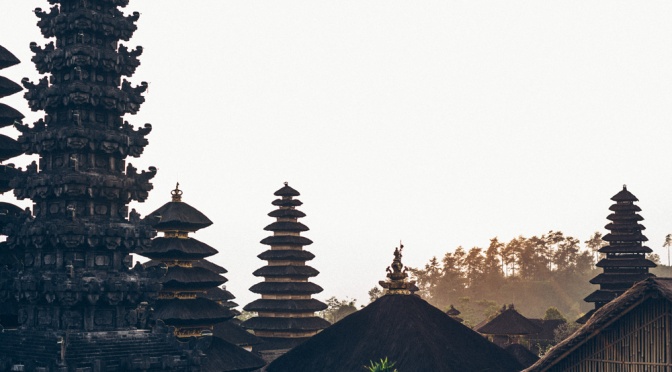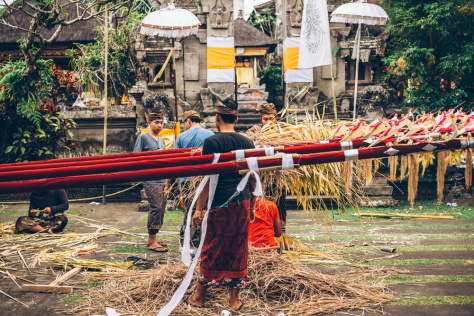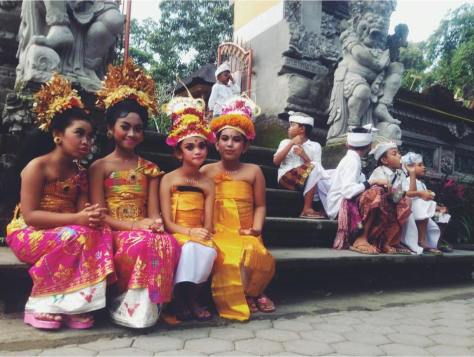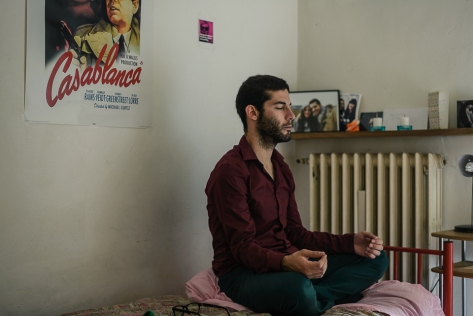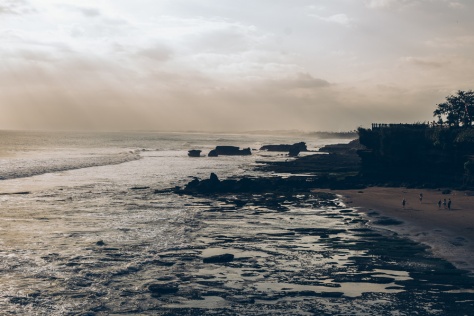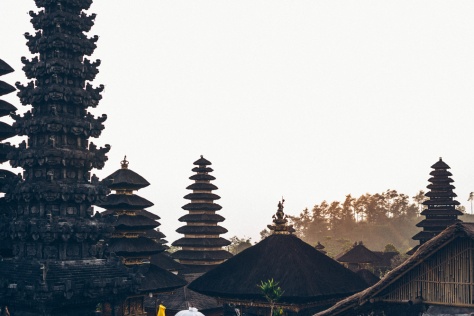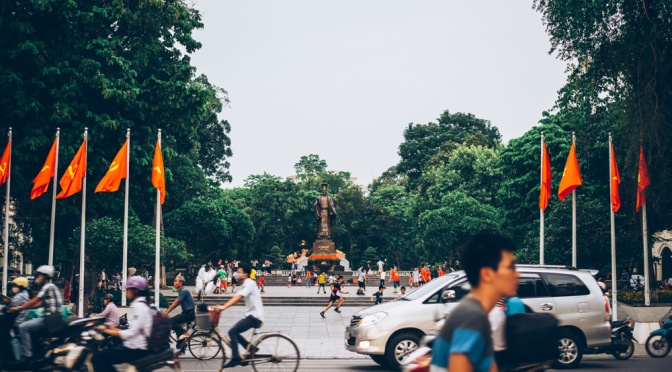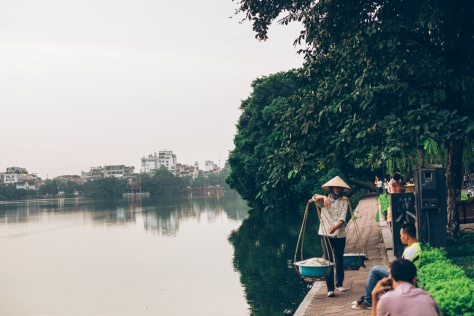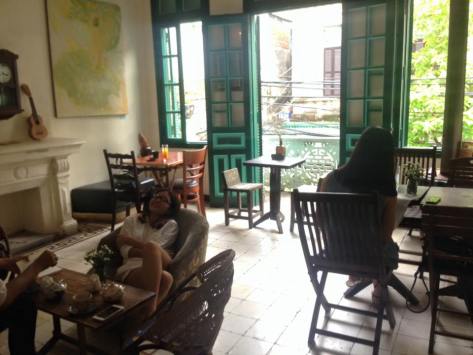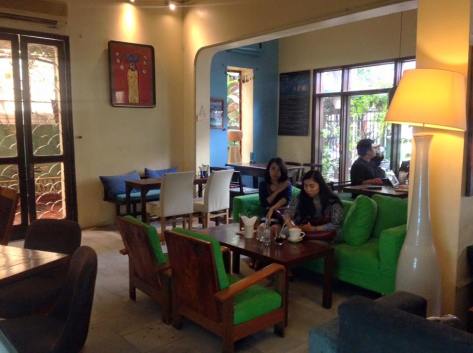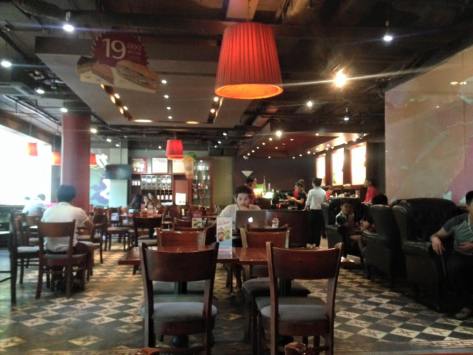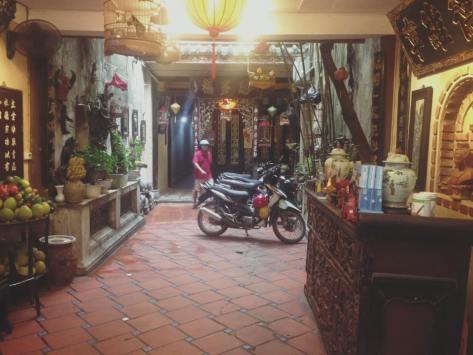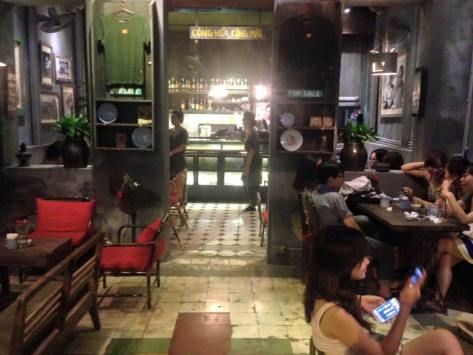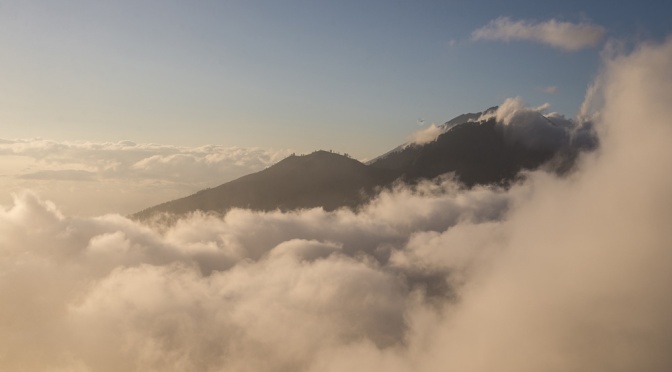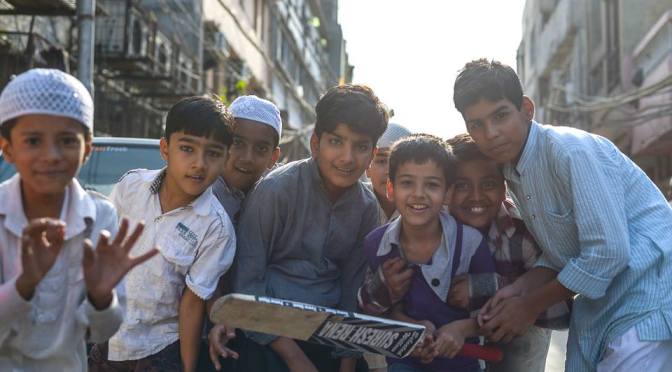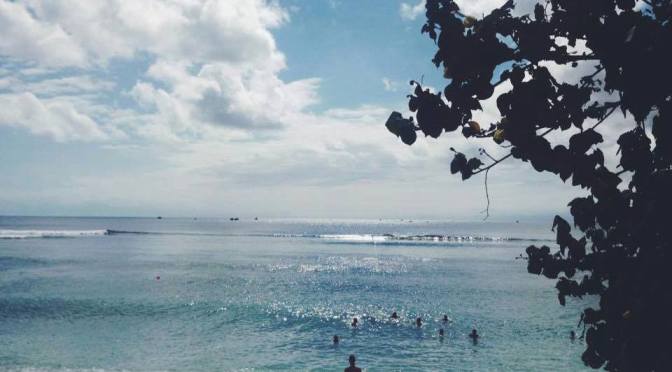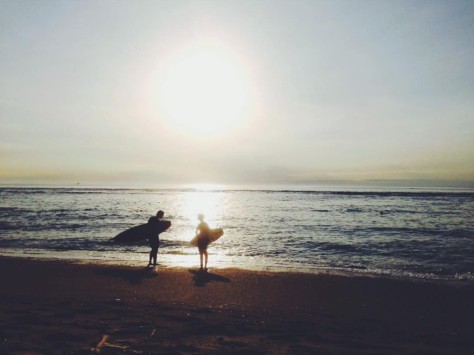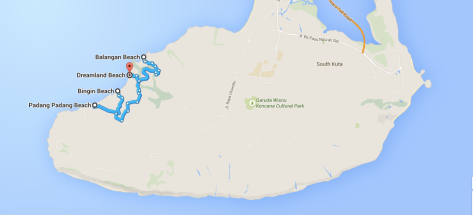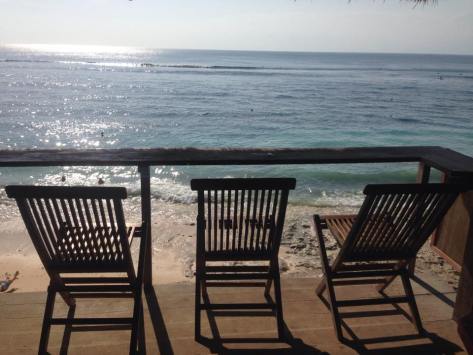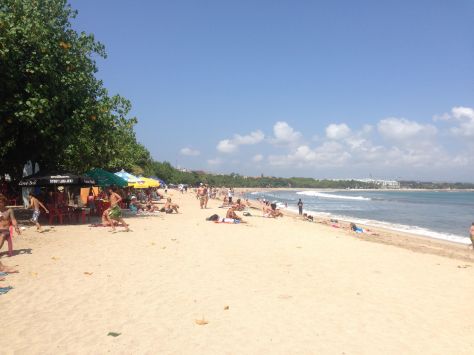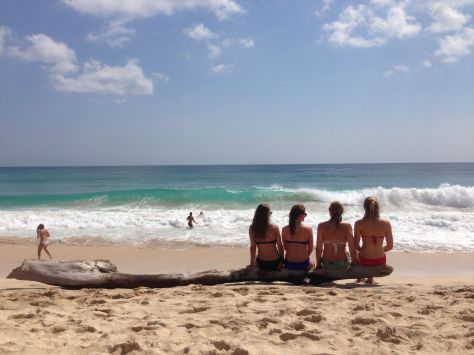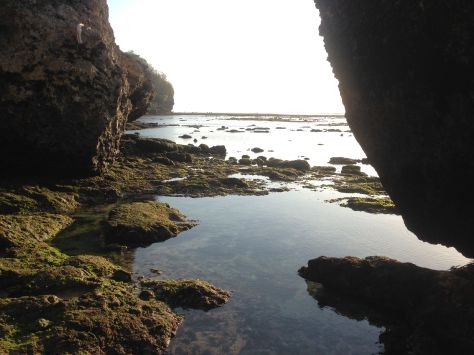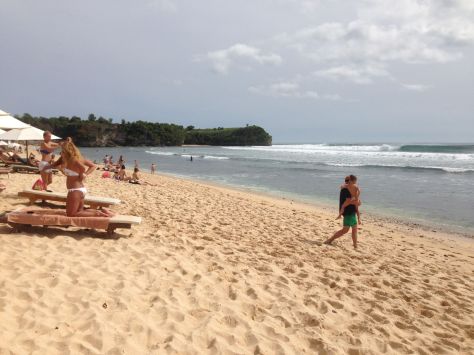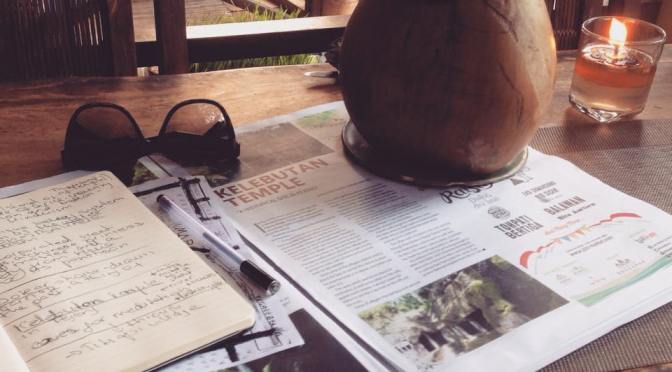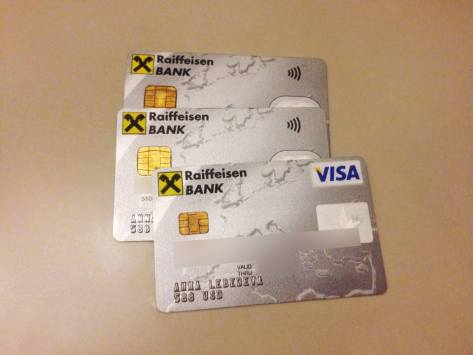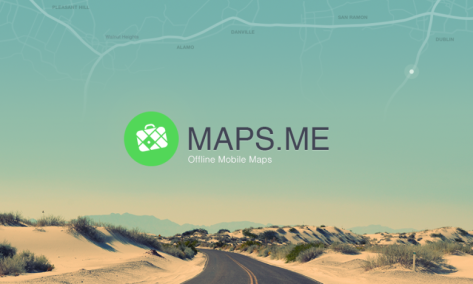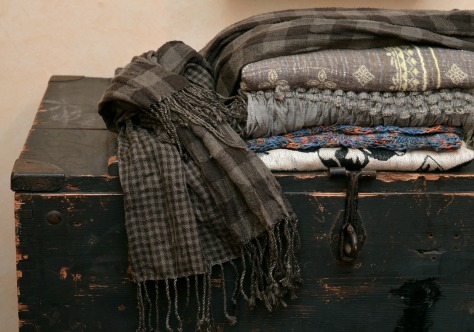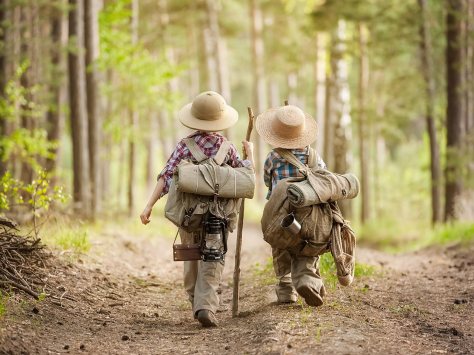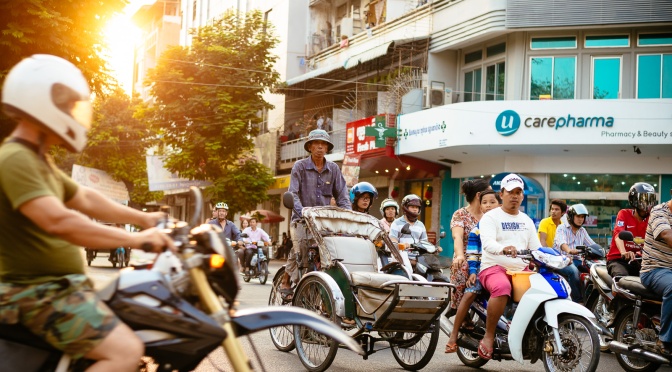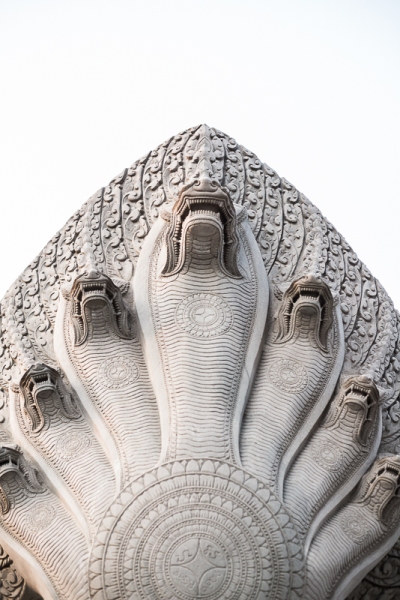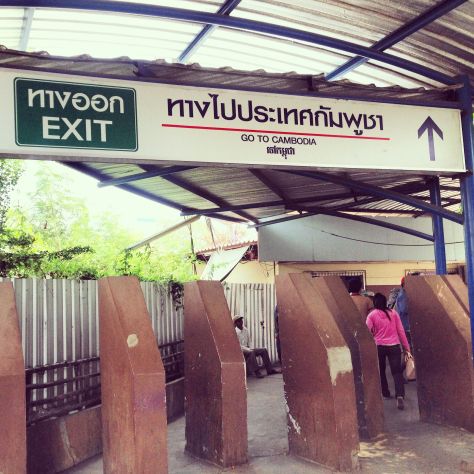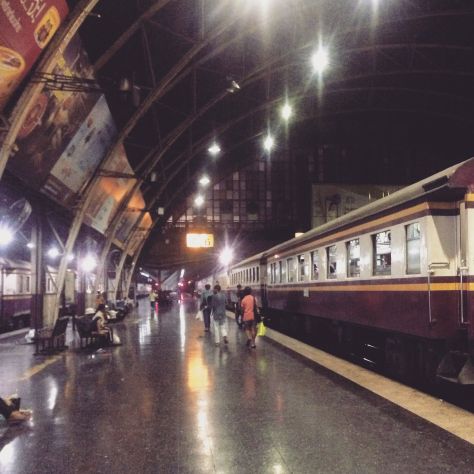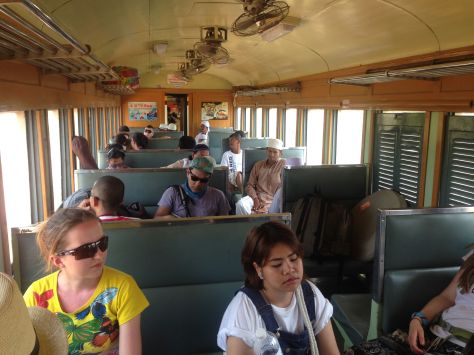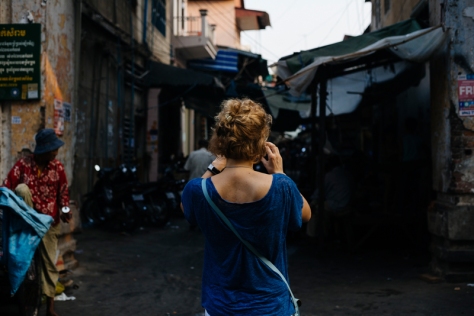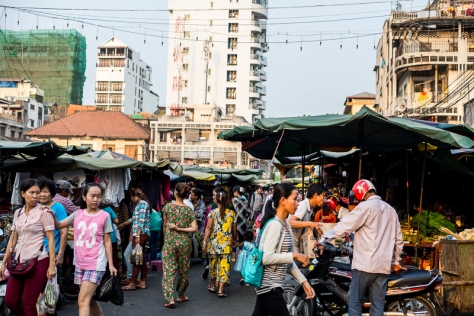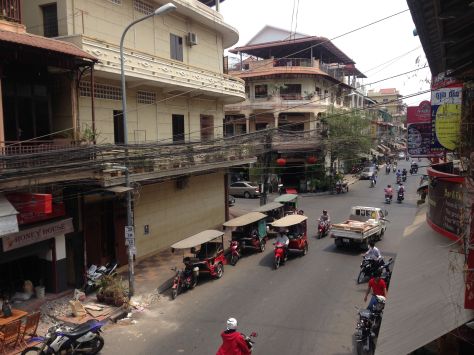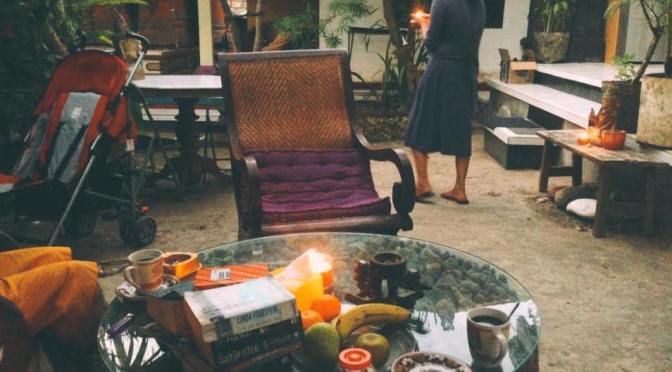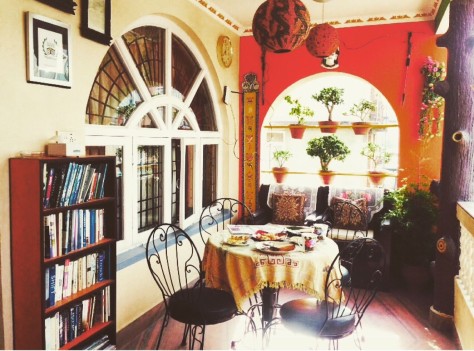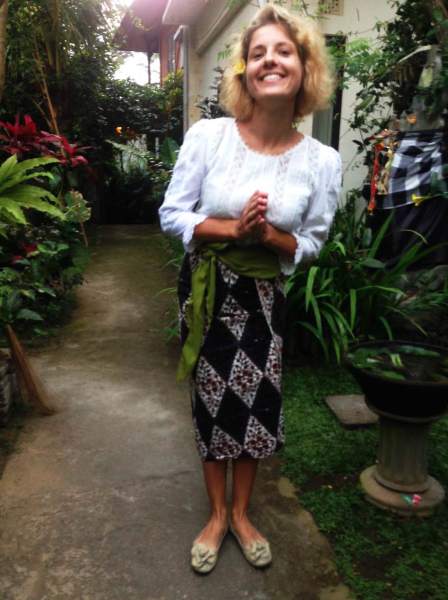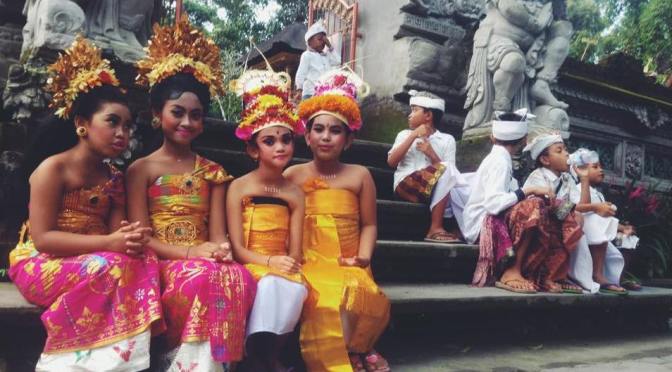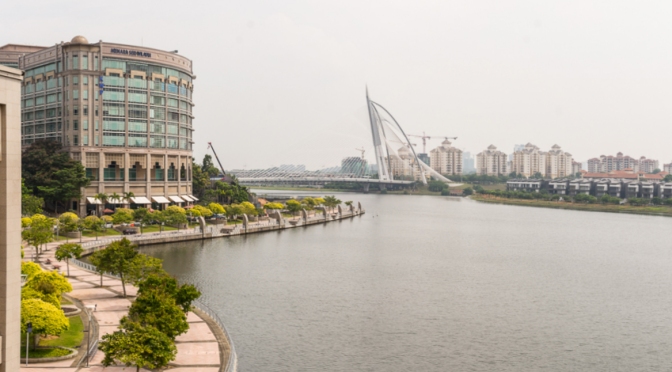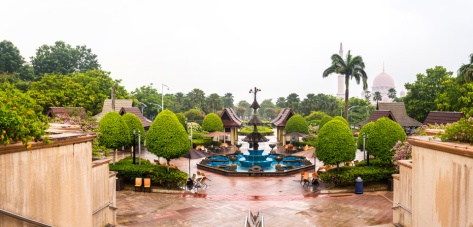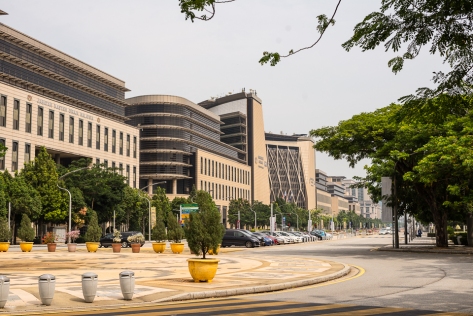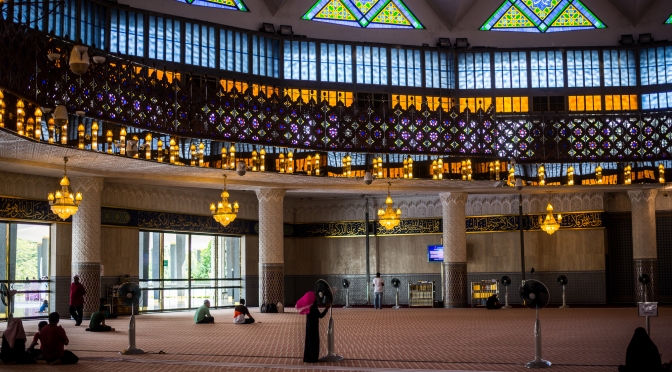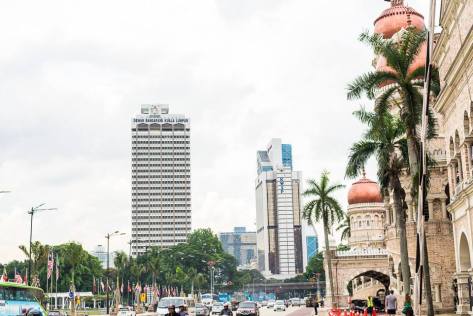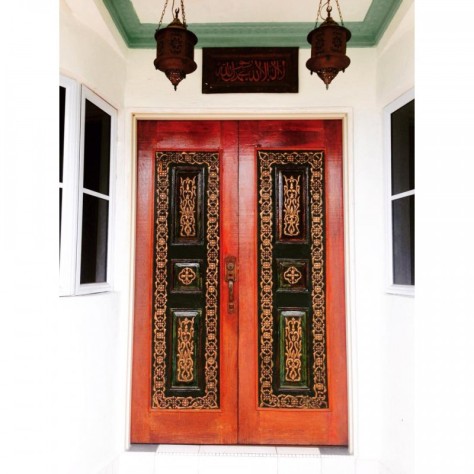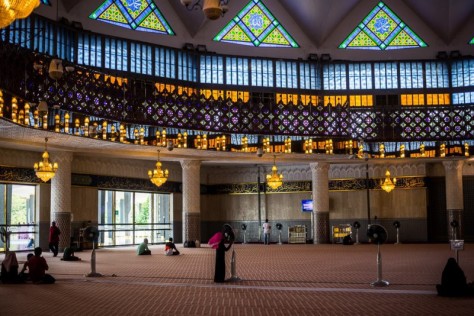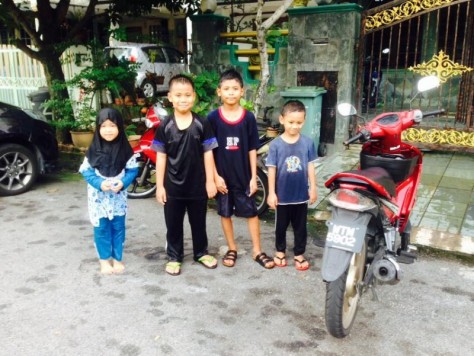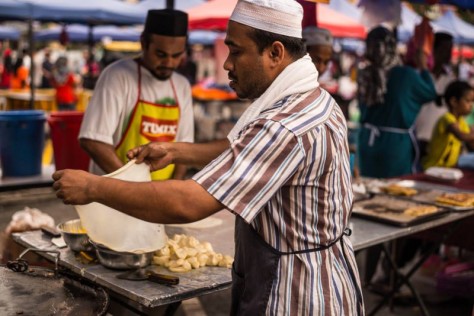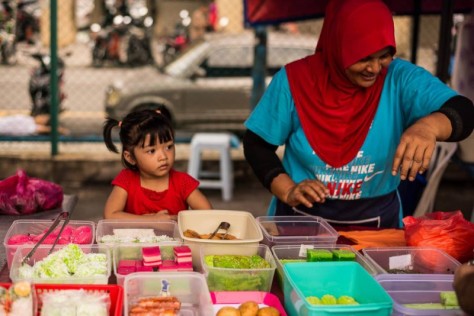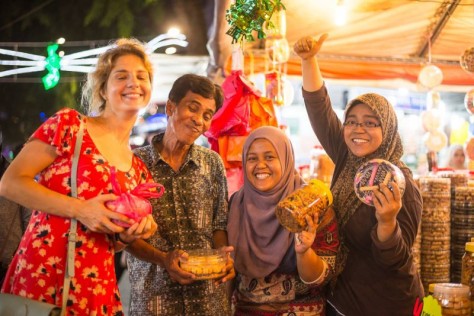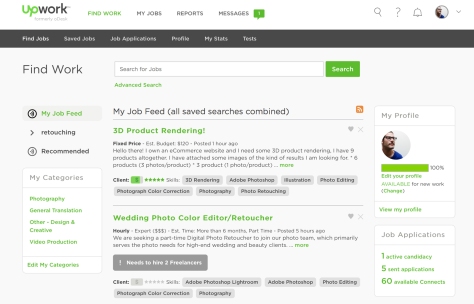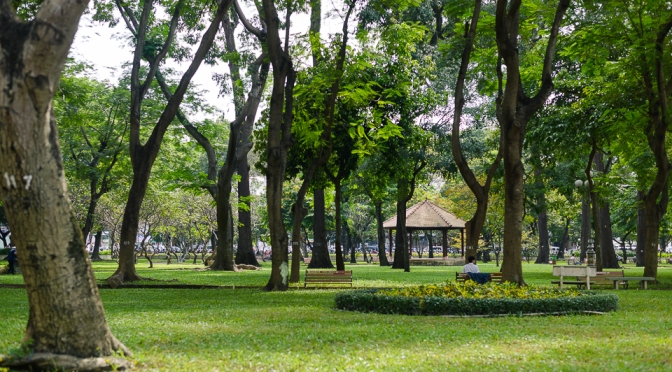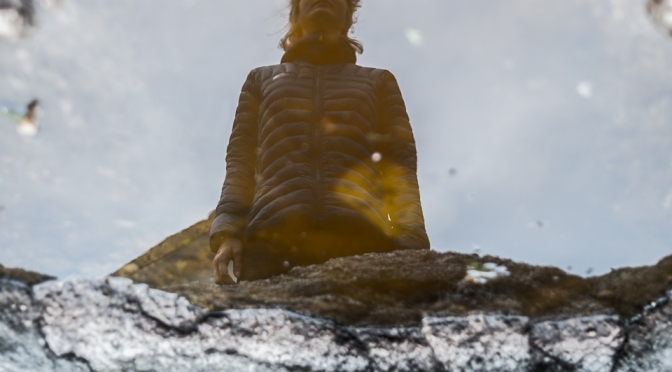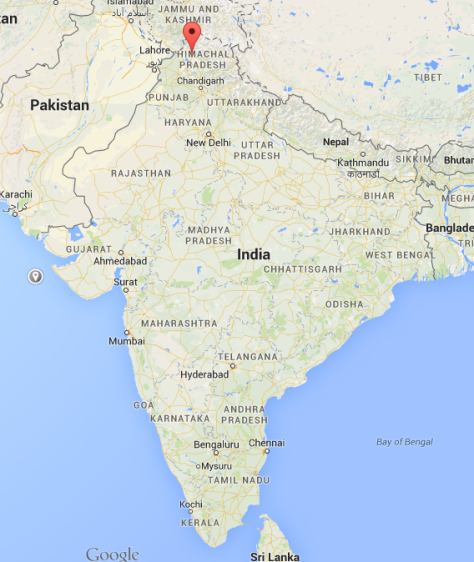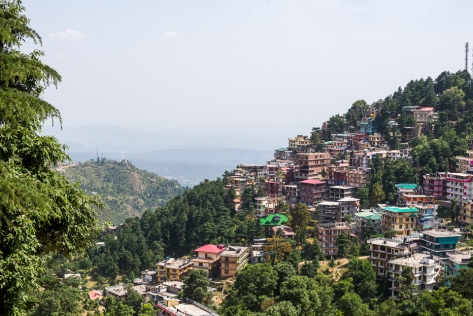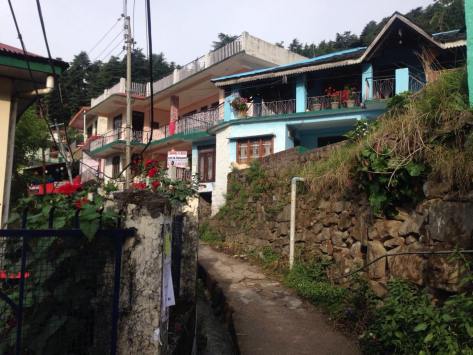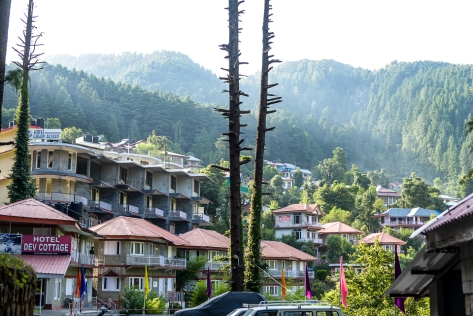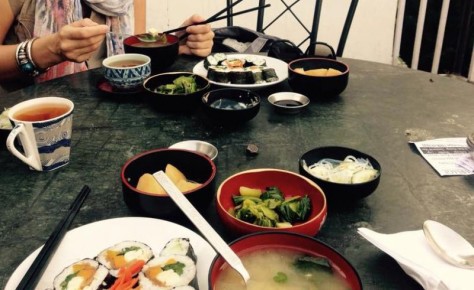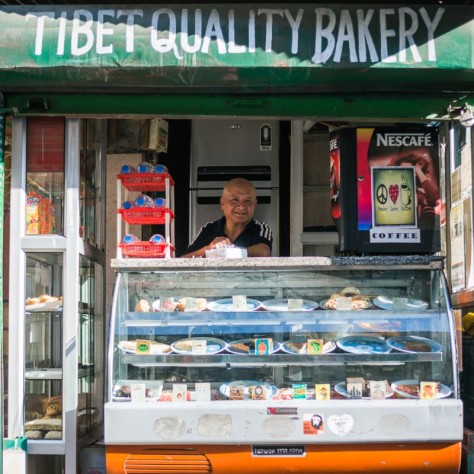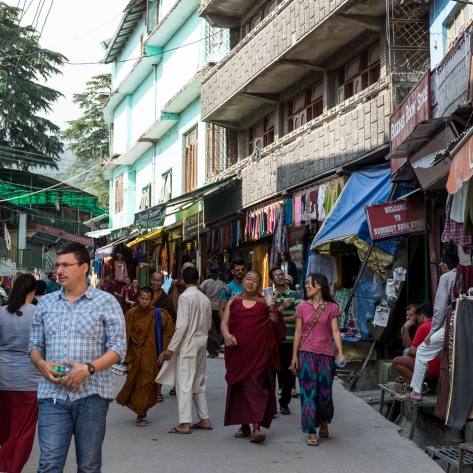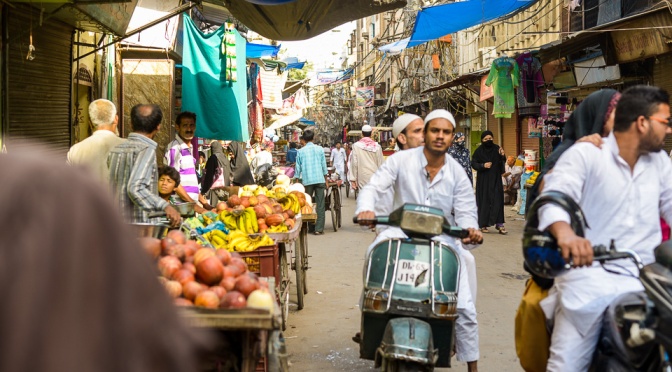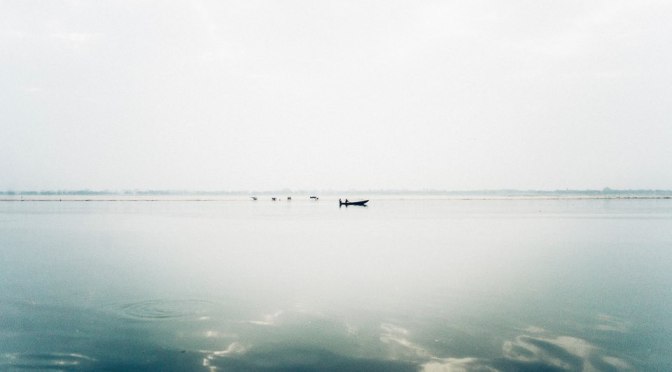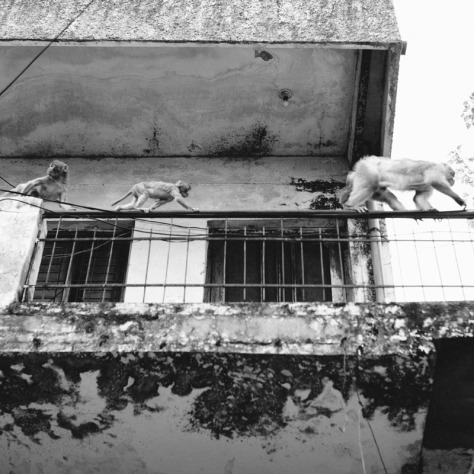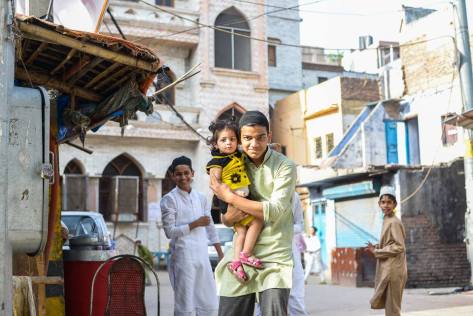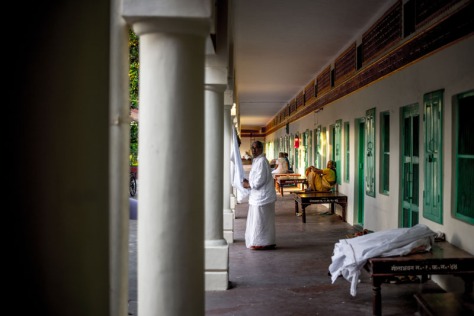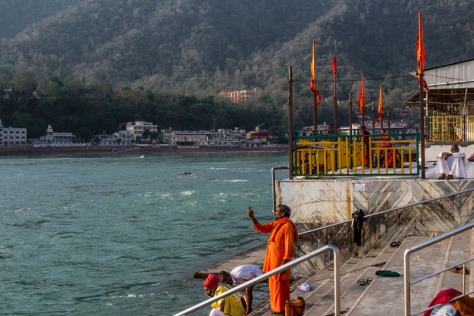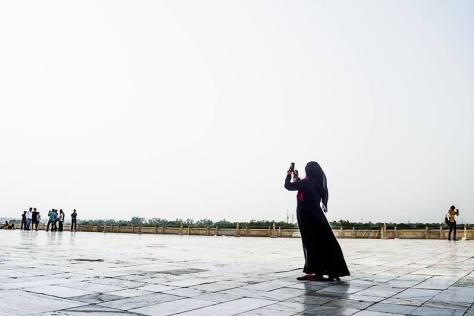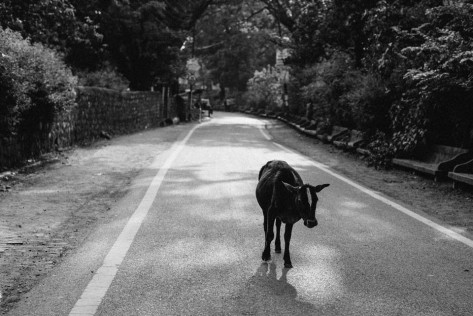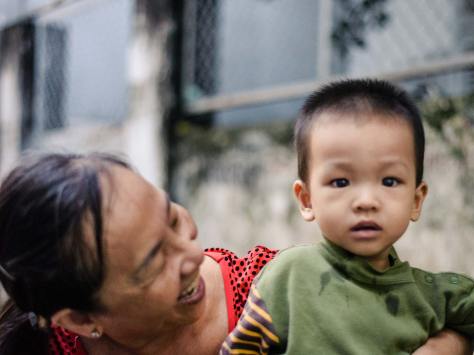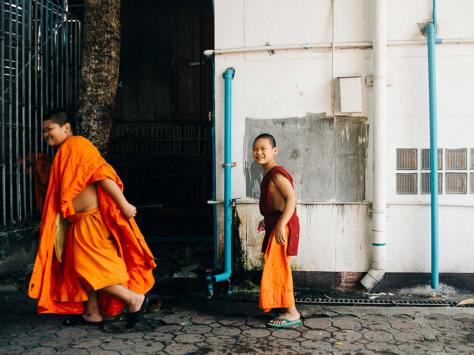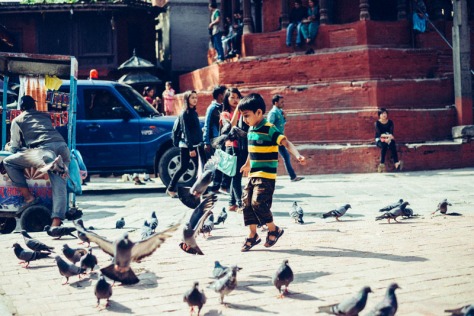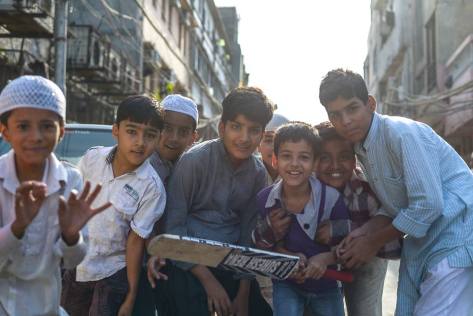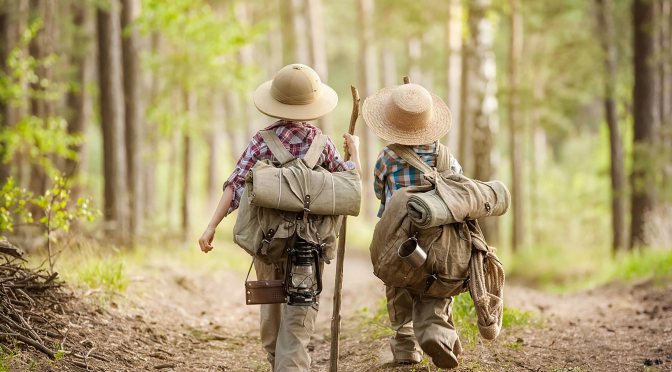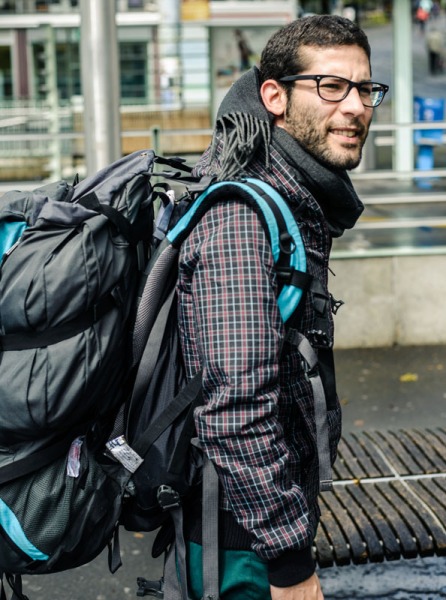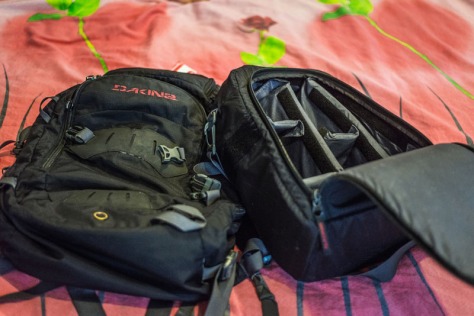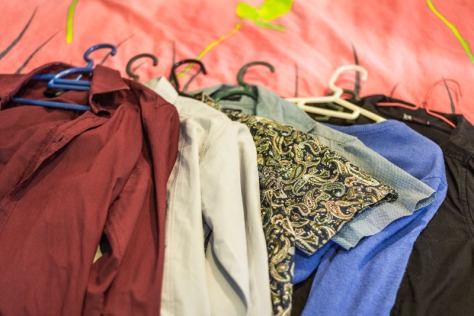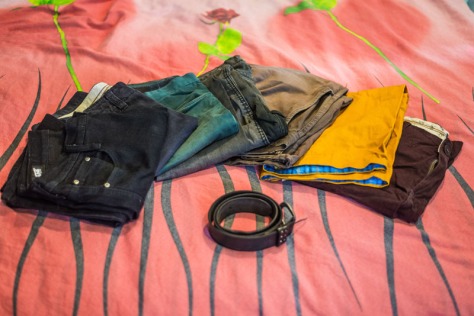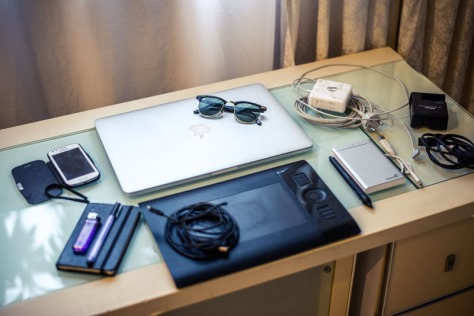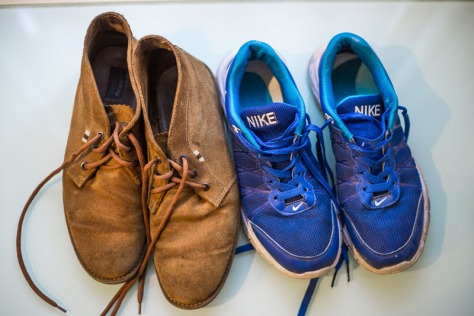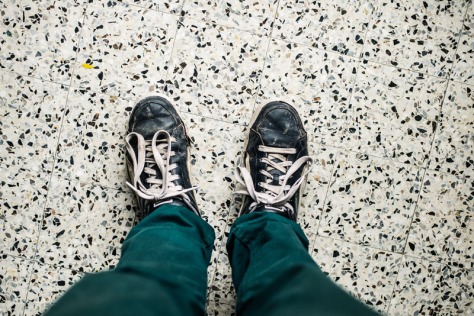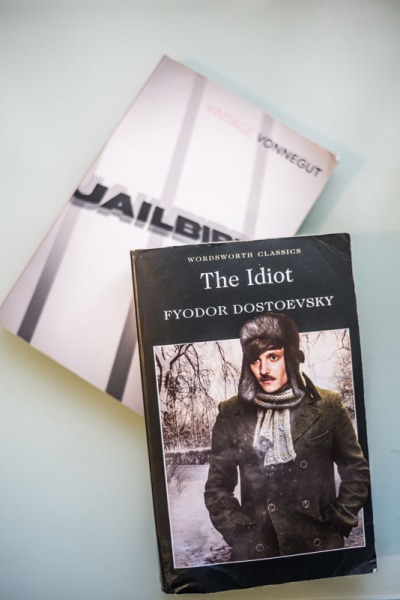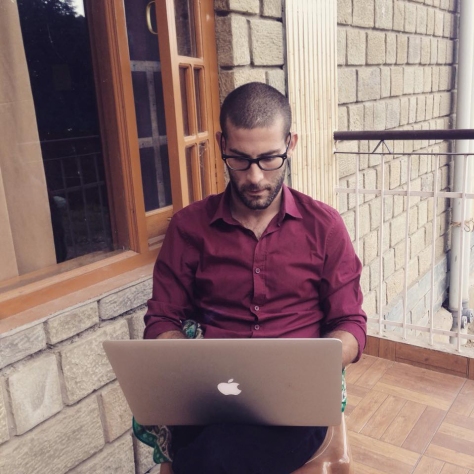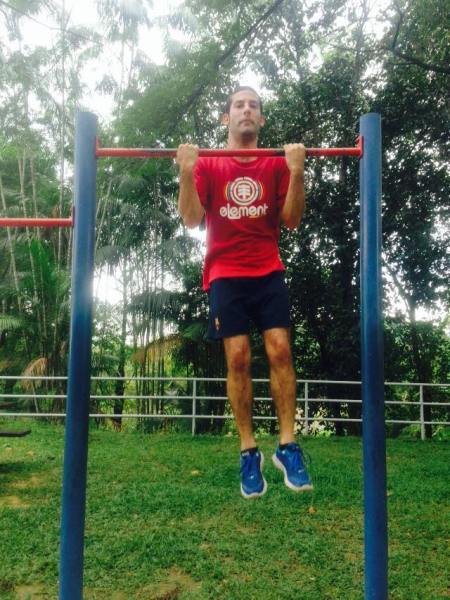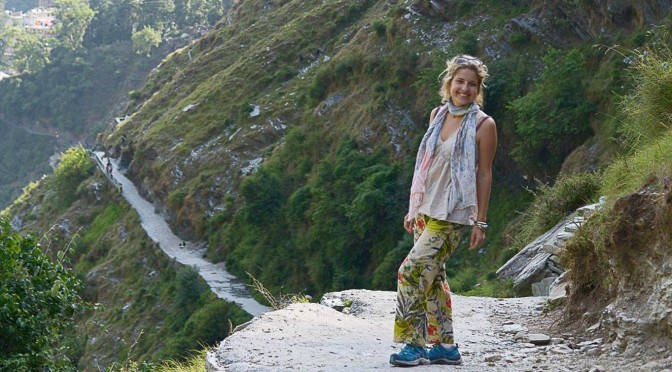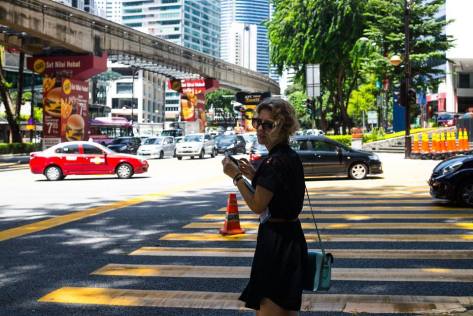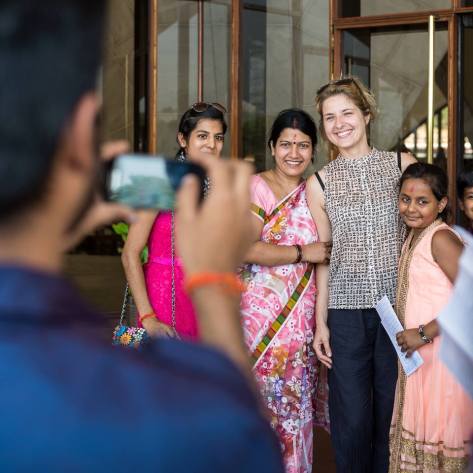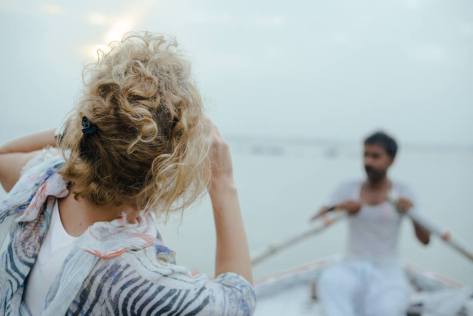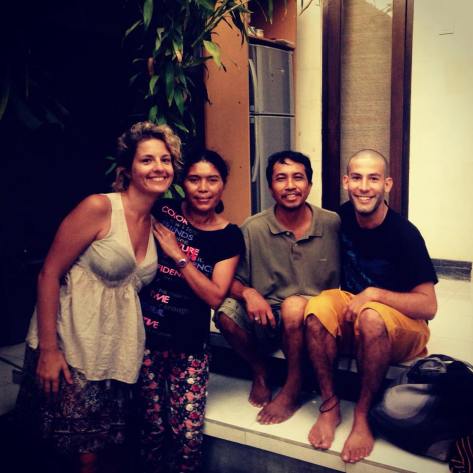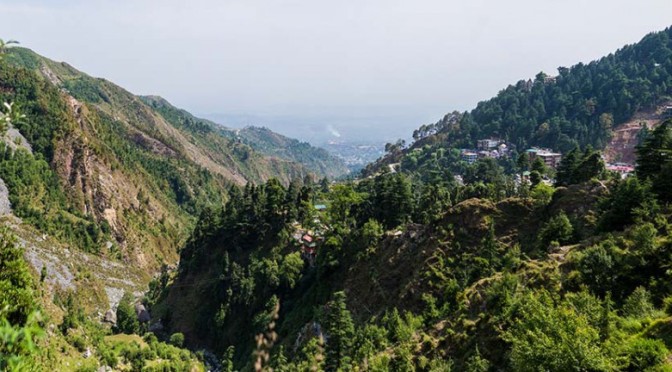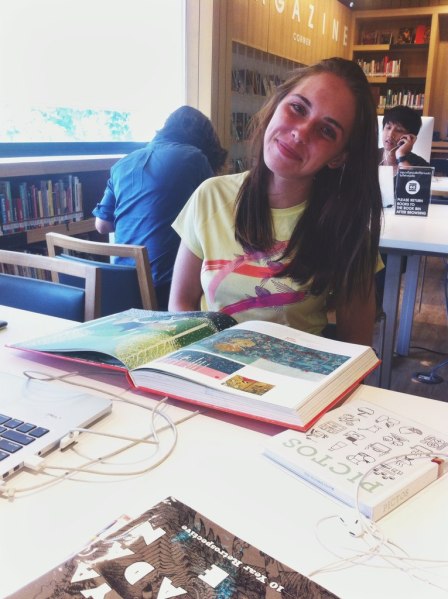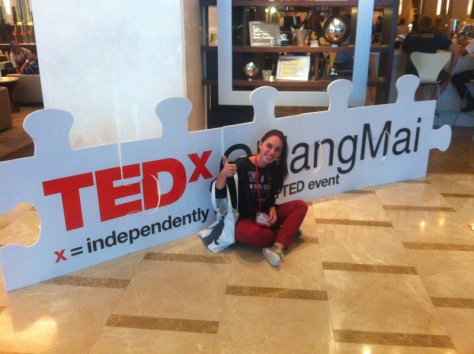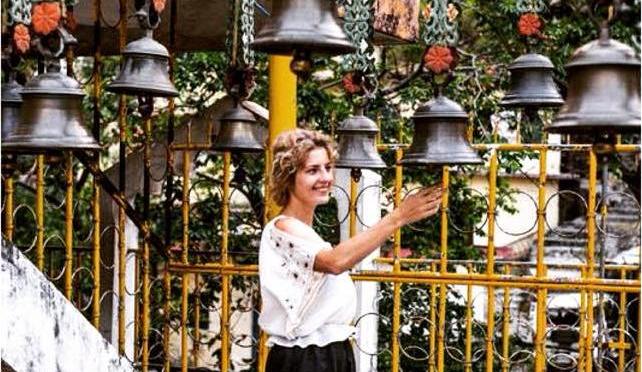Words by Anna Lebedeva | November 12
Top ten things to do in Bali
If you are heading to Bali we can say – we envy you. Nowadays it is kinda in fashion to express the idea that “Bali is a lost paradise”, spoiled by crowds of tourists coming all year round. But, by what we’ve seen, islanders have managed to keep their integrity, and you will be able to find lots of hidden places and local villages to stay.
Bali is mostly famous as a top-class surf destination. This doesn’t mean you won’t find things to do if you are not a surfer. And I am not talking about swimming or just lazying around while sipping cocktails (honestly you’re better off heading to Thailand, beaches there are better for swimming), and neither about Spas, wellness and yoga activities, all those are abundant on Bali.
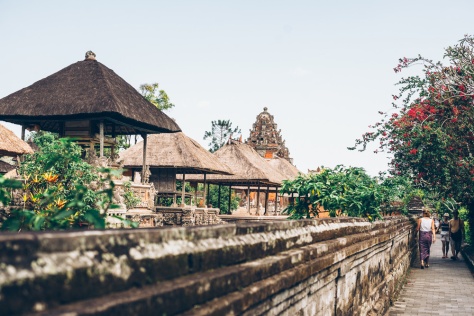
(1) Stay with locals
There is a significant rise in guest houses operated by local families in Bali, where you can stay and get accustomed with the Balinese people’s everyday life. It is a rich day-to-day lifestyle, made of constant rituals and family celebrations. They are usually very hospitable and keen to share cultural insights and traditions. They also like talking about their families and even private questions are appreciated.
We’ve stayed for one month in Pecatu village (Bukit peninsula) with a fantastic local family, who was very helpful and attentive. They spoke decent English and even tried to teach us Balinese. They also were very tactful and polite so living with them was not that different from staying in a hotel. We never experienced any privacy issues, our room was regularly cleaned and kept in order. Some Balinese build a separate house in their yard and rent those places to travellers usually through airbnb.com.
I believe that staying with locals can be a good way to support local communities by paying directly to their pocket and not to the large companies operating hotel chains around Bali.
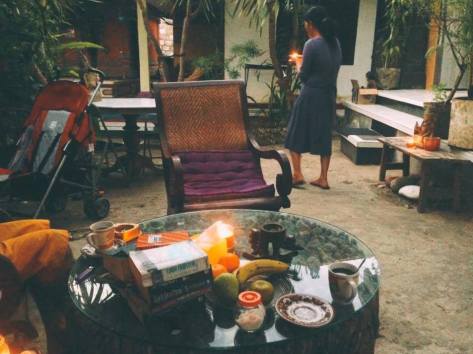
(2) Rent a motorbike and go around
Renting motorbikes is very affordable in Bali – around $3,5 for a new bike per day (in case of long-term renting, usually considered from one week up). You can easily pick a bike at your hotel or go outside, there are lots of rent options around the island. Basically with a bike you can get wherever you want: roads are pretty good and traffic is not that harsh (excluding Kuta and Nusa Dua area).
Don’t be afraid of exploring Bali and trying distant beaches scattered in it’s different parts. You can try Kuta and Seminyak (tourist centre), Nusa Dua (enclave of upscale resorts), drive to the most southern point of Bali – the Bukit peninsula – relax on one of the best surf spots in the world, or you can go to the Eastern part of the island, to the beaches of Candidasa. The options are endless and most of them are easily accessible by bike, so give it a try!
Renting a bike is also a great option to get to more remote traditional villages, to see the lives of rural locals outside tourist areas, how they are going about their daily chores, which is a completely different scene from what you will see around your hotel.
(3) Climb mount Batur
That is a kind of must-do-thing, our favourite sight-seeing activity in Bali. If you are lucky and the weather is good you will be able to enjoy the stunning views of volcanos and the lake – just amazing. Even if it’s a cloudy day the hike will be worth it. That’s what happened to us, but still we managed to take a few stunning photos.
It is around 1.5 to 2 hours to climb and not that physically-demanding, basically almost everyone can do it. The start is very early about 1-2 am (depending on your location), in order to get to the top before the sunrise and meet it there.
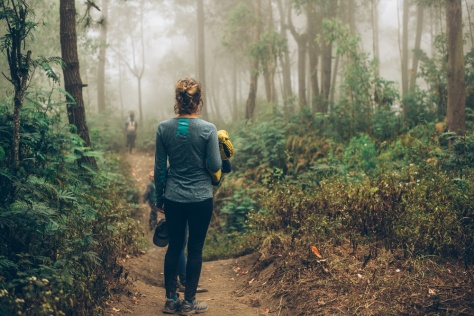
You can book a private guide for two people (around $60/person) or take a group climb ($25/person). All that including pick up from and to hotel, breakfast on the top (you can even get eggs cooked in the volcano crater). Nowadays the way up is a bit crowded, but on the top there is enough space for everyone. Local guides are fantastic and very enthusiastic, usually ready to help out in any situation. We believe that you can definitely rely on them.
Wear proper shoes, a jacket and take a camera for the awesome views.
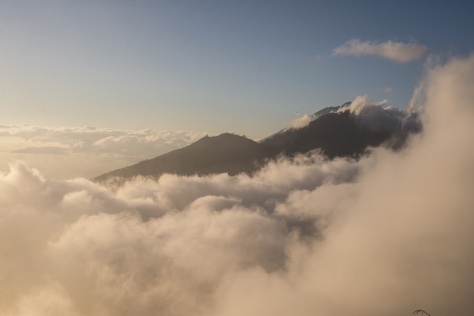
(4) Dine in Ubud
Ubud itself is a top Bali destination, which built its reputation as a centre of art and spirituality. Lots of tourist arrive here (unfortunately too much) to visit the most remarkable Balinese temples, wander around local art market, buy hand-made souvenirs or fine clothing, attend ceremonies and dance performances. But what you should really do above all those things is to have a great dinner at one of the local eateries, ranging from cheap but nice places serving local cuisine to trendy fusion restaurant (some of them are on the list of top world restaurants – who would imagine that a few decades ago).
All agree that Ubud is the best dining place in all of Bali. The diversity is very broad and the quality is very high accompanied with reasonable prices, cozy ambience and very friendly stuff. You can walk around the city centre, basically a condensed concentration of restaurants and cafes. Just pick up one you fancy. We never had a bad dining experience in Ubud – so rest assured that more or less all places are great (or just check trip advisor in advance).
(5) Visit temples
As it is well-known Indonesia is the world’s most populous Muslim-majority country, but Bali somehow managed to keep its particular religion (their own brand of Hinduism) alive throughout the times. Hinduism arrived to Bali with indian trades and spread deeply its root in everyday life of Balinese people, expressed in beautiful rituals and ceremonies.
The most interesting thing about Balinese Hinduism is that it is culturally rooted, and not built on some sort of intellectualised idea of divinity. It had instead a practical and humanistic approach behind it. The “world” is inhabited by spirits and forces, that are both bad and good, and to keep the balance and be endowed with luck (attract the good and repel the bad) you should pay your respect to the “spirits” and their natural materialisation (volcanoes, sea, etc), to your ancestors and to your community.
Back in time there were many different powerful Hinduist kingdoms scattered around the island. The boundaries of these Balinese kingdoms live on in the form of Bali’s Regencies, that you can see on the island’s map. Nowadays they are not into any authority, but still revered as ex-royal families.
Each kingdom left its own temples, which are in great abundance on the island. They are all in great shape and quite well preserved. In temples, despite Bali being a famous tourist destination, you can see people praying and performing religious ceremonies regularly. Ceremonies are constantly happening on the island, almost every day you can see locals preparing for tomorrow’s festive or performing their family duties either in the family or community temple. For some serious ceremonies parts or the whole temple can be closed.
With bike it is very easy to go around – in two days you can manage to visit all main Balinese temples.
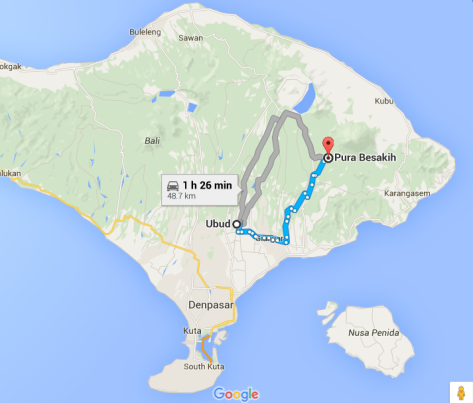
(6) Try beaches on Bukit
Out of two months we spent in Bali one was on the Bukit peninsula, the most southern part of the island. There we found serene and cozy beaches, some of the bests we’ve seen in Bali, such as Dreamland, Bining, Balangan and many others (our favourite is Bining). All of them are surrounded by sharp cliffs on both sides, offering you great views of the ocean crashing into the rocky shore.
You can find plenty of accommodation around and good variety of surf-style cafes for very pleasing prices. The greatest thing about Bukit is that it is not as crowded as other popular tourist places in Bali (like Kuta). The only downside of this place are the rocky shores, so you have to be careful while swimming during low tide.
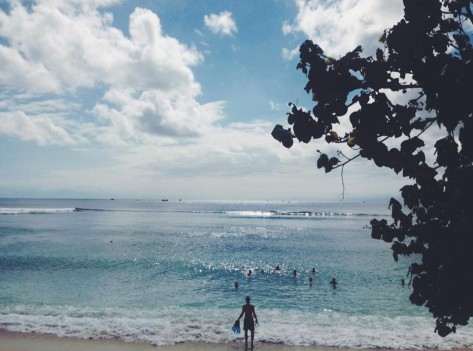
(7) Attend the local performance Kecak & Fire dance
Very calm and peaceful people by nature, the Balinese go through significant metamorphose while performing one of their traditional dances. For them the dance itself is a mixture of artistic and religious nature, which goes hand in hand. And for the Balinese people the dance isn’t just a simple entertainment, it is more a sincere expression of their deeply rooted spirituality.
The unique feature that distinguishes Balinese dance is the face and eye movements, which are of the same importance as the movement of the feet. The dancer’s eyes should not blink, instead be constantly wide open. Facial expression itself plays a huge role in the performance. The strongest act of the Kecak performance is the trance part – where the dancer goes through the flaming bonfire.
There are lots of options to see the Kecak dance in Bali. You should easily find tickets in any tourist agency, but before purchasing tickets check references on the web. Bear in mind that probably you will be only able to attend the performance staged specifically for tourist purpose, but don’t regard this as anything bad – they are usually very well staged and dancers are skilled, and the performance takes place in one of the main Temples (the best performances are considered those that take place in Ubud and Uluwatu Temple). Before attending google the story as it is not that easy to follow the plot – it’s based on the Hindu epic poem Ramayana written originally in Sanskrit.
(8) Campuhan hill
Once you are in Ubud, don’t spend all your time wandering around. It can be really chaotic and overloaded with tourists hence a bit exhausting. Instead take a short easy trek through the pristine Campuhan hill, lined by lush-green hillside and tropical foliage, ending up in the village of Bangkiang Sidem. Karsa cafe resides there, offering food and refreshments while enjoying a pleasant view over the rice fields. There you can also visit the Karsa SPA ($12 for one hour massage), considered to be the best in Ubud (according to trip advisor and our experience), but you should book it in advance (at least one week at the high season).
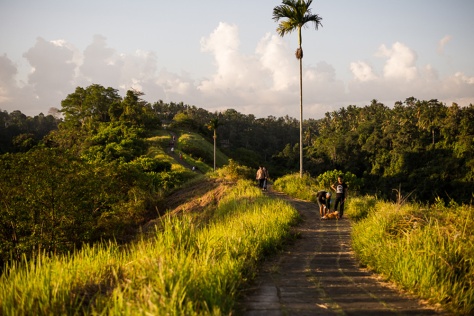
It will take you around 25 minutes to accomplish the short version of the trek ending right after the Karsa cafe. If you want to go further and around back to Ubud, then turn to the left and take 9km walk through small villages, that go along a small secondary road at the beginning and later merging with the main road to Ubud (we aren’t particularly fond of this road for walking).
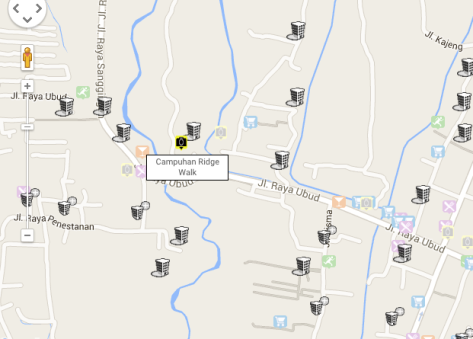
(9) Monkey Forest
It is quite a large sanctuary for monkeys, where they live outside cages. It is the closest to their natural habitat you can ask for while at the same time providing a way for people to interact with them. It has many beautiful areas inside, a small river, temples, a small art gallery, places to relax and enough to stretch your legs walking around. Be careful while visiting and make sure you don’t bring a candies, dry nuts, cola or that kind of stuff because the monkeys will get it from you no matter where you hide it.
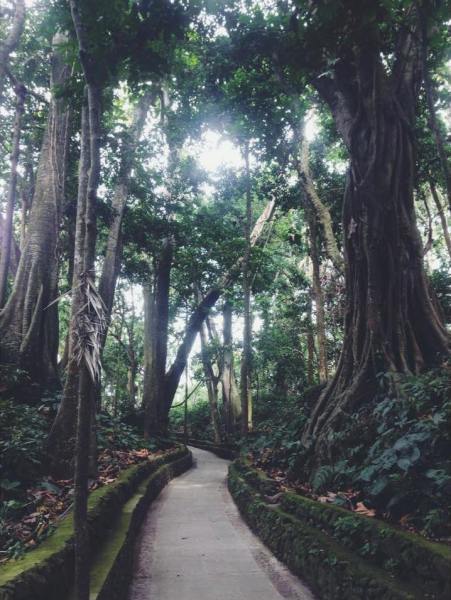
(10) Rice fields
Through South-East Asia it is a very common landscape, but those in Bali are considered to be the most photogenic. Riding around the island’s centre, the most tropical and fertile area, you will not miss the emerald-green rice fields, they are everywhere as they are the main source of food and income. The most stunning ones are in Ubud region, forming splendid dramatic views perfect for taking photos: Tegallalang village, Sayan, Pupuan, Jatiluwih, Tabanan and Tirtagangga
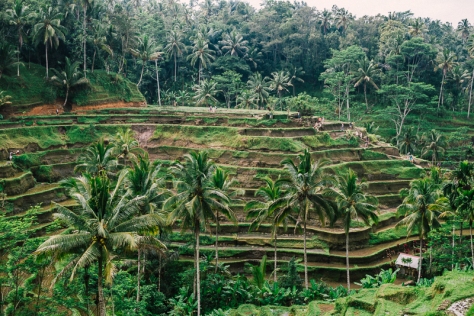
More reading on Bali:
– Bali, temples and meditation
– Our favourite beaches in Bali
– Bali postcards
– Stay with local family while traveling
